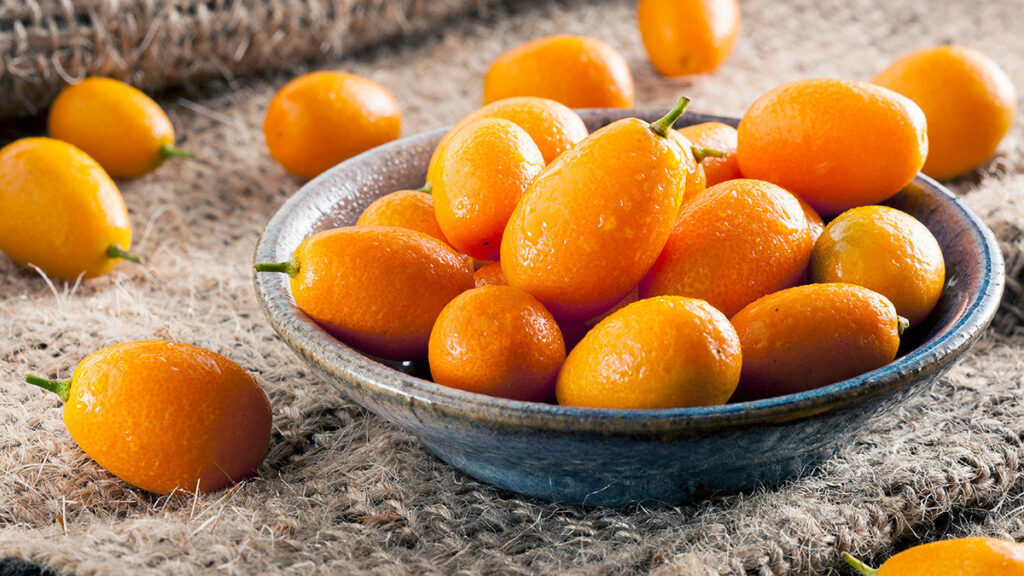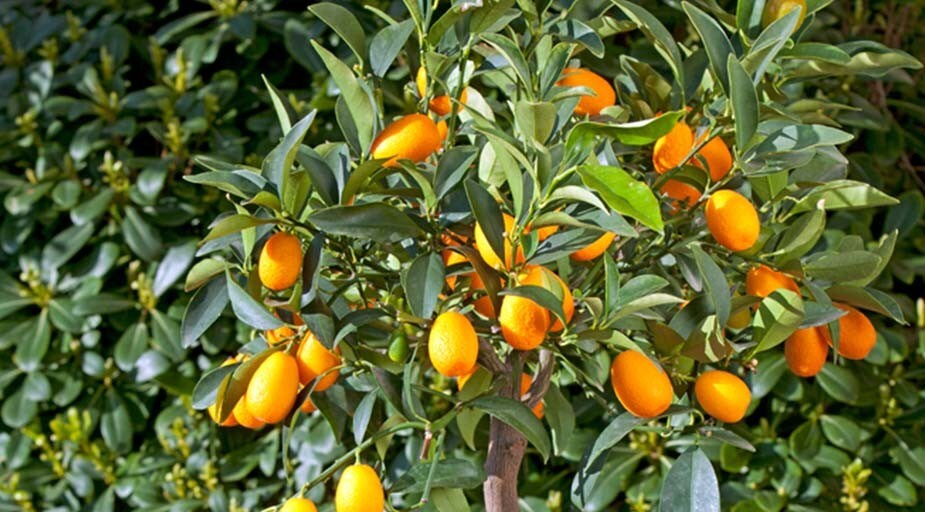What Are the Benefits of Kumquat (Kamkat) Fruit?
Kumquat, also known as kamkat, is a fruit variety from the citrus family that originates from East Asia and has spread worldwide. With its amazing scent and aroma, it captivates people. It can be grown as an ornamental plant in homes and balconies or as a fruit tree in gardens. Resembling a small lemon in shape and having a scent similar to bergamot, kamquat is rich in benefits. So let’s take a look at what kumquat fruit is, how to care for the plant, and its benefits together, shall we, chef?

Caring for Kamquat Fruit
Kamquat trees grown in the Mediterranean region usually bloom in the months of July or August. If you wonder when kumquat bears fruit, you can see fruit forming around September. If you have a kumquat tree, you should water it by monitoring the moisture of the soil. If you are growing kamquat in a pot, make sure the pot has drainage holes and place the plant in a sunny spot, but avoid direct noon sunlight. During cold weather, make sure it is not exposed to wind or drafts. Also, remember that they don’t like room temperatures below 15 degrees Celsius as they are a plant of the Mediterranean climate. It would also be a good idea to change the soil every year.
Benefits of Kumquat Fruit
Like other citrus fruits, kumquats are a significant source of vitamin C and have many benefits. It stands out as an invaluable asset for your overall health, whether you consume it as a fruit or experiment with it in your own recipes.
You can entrust your oral health to kumquats. Thanks to its ability to clean bacteria in the mouth, it can give you healthier teeth and improve your smile.
Consuming kamquat in a balanced way can make your skin look more vibrant and radiant. You can add kumquat recipes to your menus.
It supports the healing of minor wounds in your body.
With its vitamins and minerals, it helps your digestive system function more actively.
Adding kumquat to your diet on days when you feel tired will make you feel more dynamic, and lively, and help improve blood circulation, thus relieving fatigue.
You can also turn to Kumquat for complaints such as mild headaches or muscle aches.
Sometimes, instead of eating the fruit, you can prefer to squeeze its juice and drink it. This may be more suitable for you if you have any issues with indigestion.
A low-sugar kumquat jam can be beneficial for your stomach health. You can benefit from its acid-regulating properties in this way.
Kamquat is also an excellent natural remedy for hair. You can prepare masks containing kamquat fruit or juice for stronger, healthier, and shinier hair or use them for hair loss issues.
Why Doesn’t Kamquat Plant Bear Fruit?
If you want to grow kamquat in a pot, you should first meet the care conditions mentioned above. If you think the plant is in excellent health but still doesn’t bear fruit when the time comes, you can use a type of plant hormone called gibberellic acid. You can prefer the ones that are organically certified, as this hormone is found in plants and fungi. After this intervention, you will see that the kamquat plant starts to bear fruit. However, if the plant produces more fruits than expected, you must do thinning. This way, it will continue to bear fruit in a healthy manner in the following year.
Kamquat Recipes
This beneficial fruit, which you can consume with its peel, can also find its place in various desserts and unique recipes. It is ideal for sweet recipes such as cakes, cookies, pastries, or pies. Kumquat jam is a perfect candidate to become the most distinctive taste on breakfast tables with its magnificent aroma and fragrant taste! If you haven’t tried it yet, chef, you should get started right away. Perhaps after preparing a delicious kumquat marmalade, you can try pouring it as a sauce on your cheesecake… Enjoy!
Source: Unilever Food Solutions

